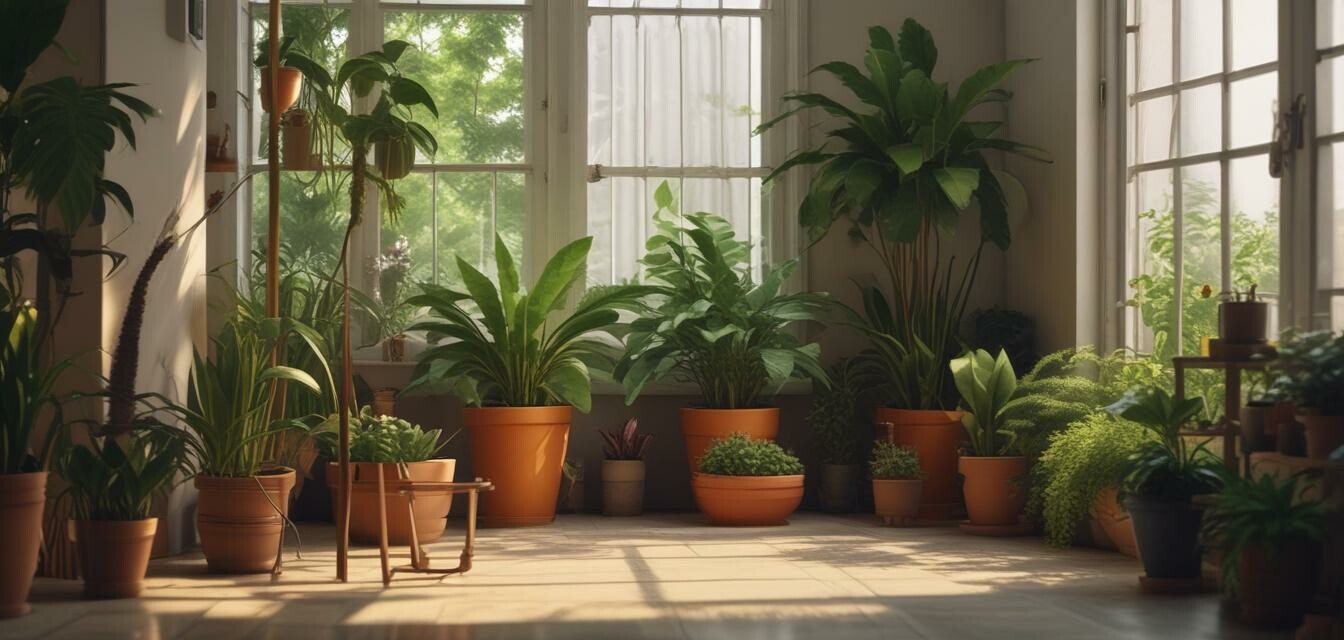
How to Treat Common Pests on Your Houseplants
Key Takeaways
- Identify common pests to target specific treatments.
- Adopt natural remedies alongside chemical options for effective management.
- Regular monitoring of plants helps to catch infestations early.
- Understand the importance of proper care routines to prevent pest issues.
Houseplants are incredible companions in our homes, bringing life and color even during winter months. However, these beautiful green friends can sometimes fall victim to a variety of pests. In this article, we will explore effective methods to identify and treat common houseplant pests, ensuring your plants remain healthy and vibrant throughout the year.
Common Houseplant Pests
Understanding which pests are affecting your houseplants is the first step to effective treatment. Below are some of the most common pests:
| Pest | Identification | Damage Symptoms |
|---|---|---|
| Aphids | Small, soft-bodied insects often found in clusters on new growth. | Yellowing leaves, stunted growth, and sticky residue on leaves. |
| Spider Mites | Tiny spider-like creatures, often hidden under leaves. | Faded leaves with stippling, fine webbing on plants. |
| Mealybugs | White, cotton-like blobs found typically in leaf joints. | Yellowing leaves, leaf drop, and a sticky film. |
| Whiteflies | Small white flies that fly when disturbed. | Yellowing leaves, stunted growth, and sooty mold. |
| Scale Insects | Brown or beige lumps on stems and leaves. | Yellowing leaves, weak growth due to sap loss. |
Identifying Pests on Your Plants
Regular Inspection: Inspect your plants frequently for signs of pests. Pay attention to the undersides of leaves and the stem junctions where pests commonly hide.
Use a Magnifying Glass: Sometimes pests are so tiny that a magnifying glass can help reveal them. This technique is particularly useful for spotting spider mites and aphids.
Monitoring and Prevention
- Keep your plants healthy through proper watering and feeding.
- Avoid overcrowding which can attract pests.
- Maintain optimal humidity levels because some pests thrive in dry conditions.
Treatment Methods for Common Pests
Once you have identified the pest, it is crucial to treat the infestation promptly. Here are some effective methods:
Pros
- Natural remedies are safe for households with pets.
- Regular maintenance can prevent severe infestations.
- A diversified approach is effective against various pests.
Cons
- Some treatments may require multiple applications.
- Not all pest control methods work for every situation.
Natural Remedies
Consider using these natural methods before resorting to chemical treatments:
- Neem Oil: An effective natural pesticide. Mix according to the instructions and spray onto affected plants.
- Insecticidal Soap: Simple to make with soap and water. Spray directly on pests.
- Essential Oils: Rubbing alcohol mixed with essential oils can deter pests.
Chemical Treatments
If pests persist despite natural treatments, you may need to consider commercial pesticides. Always follow the manufacturer's instructions for safe use.
Aftercare and Monitoring
Once treatments are applied, monitor your plants closely. Here’s what to keep an eye on:
- Check for new pest activity.
- Ensure plants are recovering—look for new growth.
- Continue to maintain a healthy environment to prevent future infestations.
Conclusion
Houseplant care involves not just nurturing but also protecting your plants from common pests. By understanding how to identify and treat these pests—using both natural and chemical remedies—you'll ensure your plants remain vibrant and healthy. For more tips on keeping your houseplants in great shape, explore our Care Tips section!

